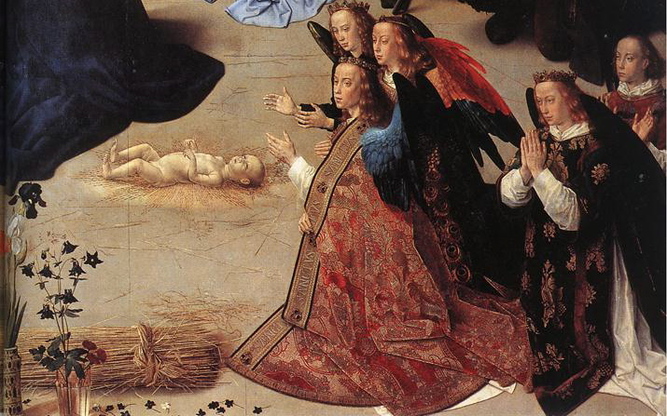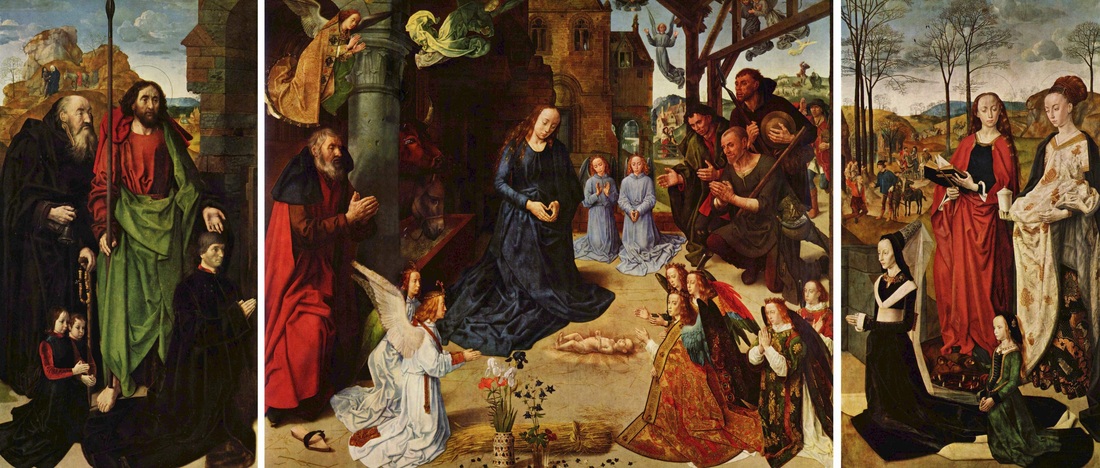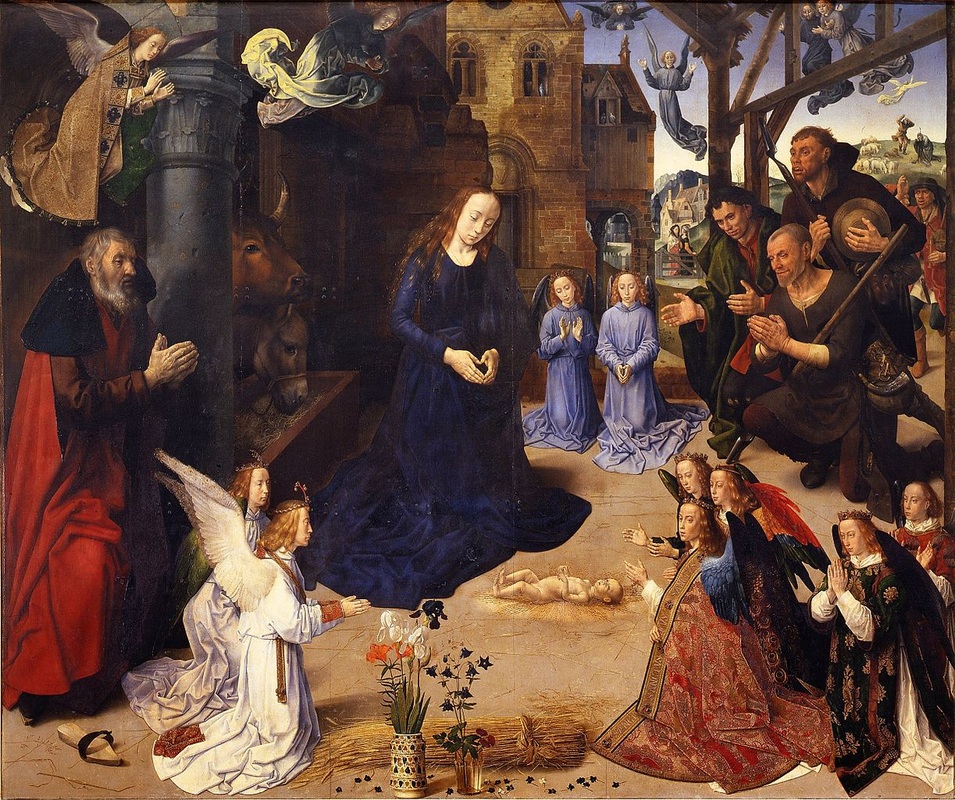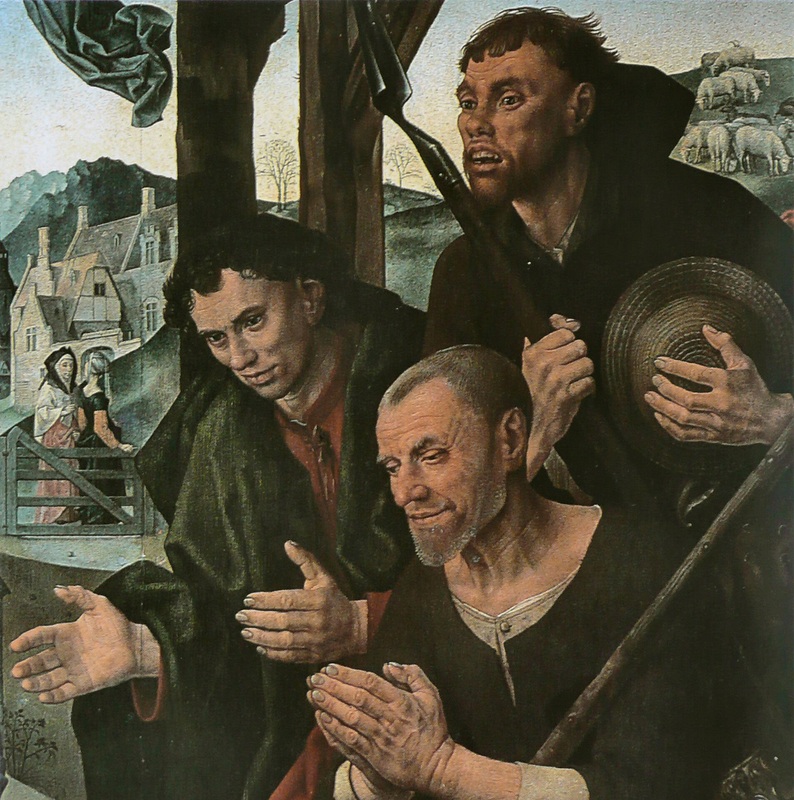Hugo van der Goes, one of the great Northern Renaissance artists. We think of the Renaissance as an Italian phenomenon, but northern Europe developed a distinctive style all its own. Hugo lived from 1440 to 1482. In 1467, his name shows up as a member of the Artists Guild in Ghent, in Belgium. Tommaso Portinari, branch manager of the Medici bank in Bruges, commissioned the altarpiece for the church of the hospital of Santa Maria Nuova in Florence. Fast forward thru the centuries. Hugo's masterpiece shares a room with Botticelli's greatest works. I've been in that room. As marvelous as Botticelli's paintings are, Hugo is the artist who grabs my attention.




 RSS Feed
RSS Feed